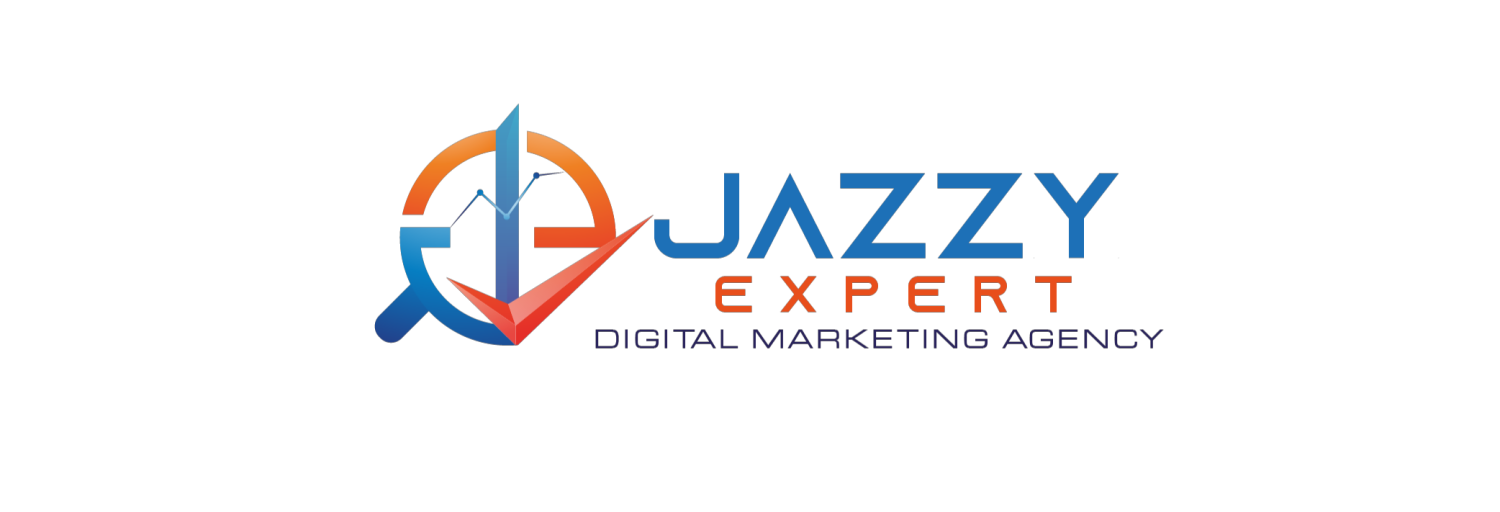

Kaizen philosophy emphasizes making gradual improvements that lead to increased productivity, efficiency and quality in an organization. Kaizen can help lead to lasting changes within any institution that have lasting positive outcomes.
Kaizen can enhance company culture by encouraging grassroots initiative and breaking down siloed thinking across departments. The result will be an environment that is more efficient, effective and collaborative – something which will boost morale while increasing business results.
1. Focus on small steps
Kaizen can be daunting at first, as it requires employees to embrace change and work together as part of a cohesive unit. But the advantages that accrue from this process make it well worth your while.
Kaizen emphasizes focusing on improving small processes step by step to avoid getting bogged down in large projects and allows people to focus on making incremental improvements that add up over time.
Employee engagement increases when employees can assess how their work contributes to the company. This results in more engaged workers, as employees feel their opinions matter and that their opinions can make an impactful statement about themselves and make a change.
“Sustain” phase of Kaizen is crucial, as it ensures changes become part of daily operations in your company. To this end, standardizing existing procedures, measuring progress against benchmarks and identifying opportunities for further enhancement are all used to implement sustainable improvements.
2. Keep track of your progress
Keep a record of your progress when practicing Kaizen. This helps ensure you’re meeting your goals and producing desired results, and also allows for identification of areas for improvement. Tools like Mevisio can assist in this regard.
Tracking progress when working as part of a team is especially crucial. Kaizen encourages collaboration among team members, which can create a more productive work culture and decrease siloed thinking across departments.
Additionally, Kaizen encourages creative problem-solving within the workplace, which can boost productivity by reducing quality issues and improving efficiency. Kaizen can also boost employee morale and confidence by encouraging employees to think creatively when approaching issues or finding solutions for problems that arise.
3. Don’t be afraid to fail
Kaizen involves trying out new methods and making adjustments as part of its continuous process, so don’t be intimidated if your results don’t quite live up to what you expected. Being transparent about your progress allows for adjustments as necessary.
Kaizen is a philosophy in which improvement should be the responsibility of everyone within an organization, from top management to shop floor employees. If people feel empowered to help improve the company, then they will more likely take initiative and organize Kaizen events themselves.
Kaizen, an effective personal development strategy, can help anyone reach their goals and realize their full potential. By making incremental improvements over time, kaizen enables you to break through barriers to success and melt away resistance–including fight-or-flight brain chemistry that inhibits change. This book details how you can implement Kaizen into daily life or any endeavor pursued.
4. Make it fun
Kaizen may not always be enjoyable, but with the right people it can become rewarding and enjoyable. Kaizen requires having an optimistic approach to change and improvement. Questioning traditions while welcoming change requires questioning assumptions and being dissatisfied with what currently exists – something not everyone finds easy! Staying focused while eliminating distractions requires dedication to be truly effective at this endeavor – something which may not come naturally to all participants.
At the outset of any Kaizen Event, training includes reviewing Scope and Objectives as well as having each participant introduce themselves and record expectations on a flip chart. Setting clear expectations at the outset ensures participants can focus on making improvements without becoming sidetracked by side discussions. On Day Two of their Kaizen Event, participants begin mapping current processes, soliciting ideas for improvements, and making changes accordingly – while this may sound like a lot of work, the goal is to improve every step individually over time – this may take time – but once it all adds up over time!
Author: JazzyExpert